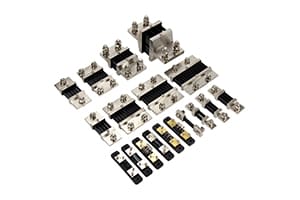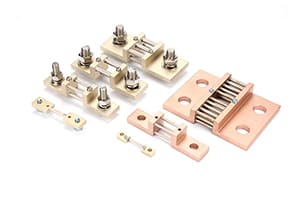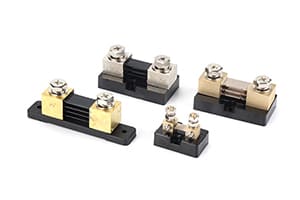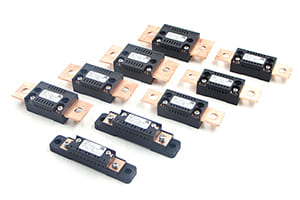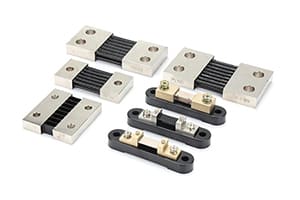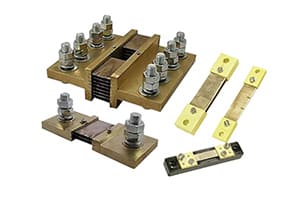
Are you struggling to understand why some DC shunts perform better than others? I've spent years perfecting shunt designs, and I know exactly what makes the difference.
DC shunt design features combine precise construction methods, carefully selected materials, and optimized architecture to deliver accurate current measurement. The key elements include manganin alloy resistive elements, copper terminals, and specialized mounting systems.
As a DC shunt manufacturer with over 30 years of experience, I've seen how proper design directly impacts performance. The right combination of materials, construction techniques, and testing procedures ensures reliability and accuracy. Let me share the essential design features that make DC shunts work effectively, based on my extensive experience in developing these critical components.
How Is DC Shunt Construction Unique?
Every DC shunt I produce requires meticulous attention to construction details. Poor assembly can lead to measurement errors and device failure.
The unique construction of DC shunts involves precision welding of resistive elements, careful terminal attachment, and specialized heat treatment processes. These steps ensure stable resistance values and reliable performance under various conditions.

The construction process of DC shunts is a fascinating journey that I've refined over decades. It starts with selecting the highest quality manganin alloy, known for its stable resistance across temperature changes. The resistive element is carefully shaped and sized to achieve the desired resistance value.
The welding process is crucial - we use specialized equipment to ensure perfect joints between the resistive element and copper terminals. Any imperfection here can create hot spots or increase contact resistance. The assembly then undergoes heat treatment to stabilize the resistance value and relieve any internal stresses.
Quality control is integrated at every step. Each weld is inspected under magnification, and resistance values are measured multiple times. We also perform thermal cycling tests to verify construction stability.
What Makes DC Shunt Design Effective?
In my experience, customers often ask about design effectiveness. Poor design choices can lead to measurement inaccuracies and shortened device life.
Effective DC shunt design relies on optimal heat dissipation, minimal temperature coefficient, and proper current distribution. These factors combine to provide accurate measurements and long-term stability under various operating conditions.

The effectiveness of DC shunt design comes from several key elements that I've learned to perfect over the years. First, the resistive element must be sized correctly for the intended current range. Too small, and it overheats; too large, and it wastes material and space.
Heat management is crucial. We design cooling fins and mounting points to maximize heat dissipation. The physical layout must consider current path length and cross-sectional area to minimize inductance and ensure uniform current distribution.
Material selection plays a vital role. We use high-grade manganin for its low temperature coefficient and excellent long-term stability. The terminals are made from pure copper with protective plating to prevent corrosion and maintain low contact resistance.
Why Study DC Shunt Architecture?
Understanding shunt architecture has helped me solve countless customer challenges. Without this knowledge, selecting the right shunt for specific applications becomes guesswork.
DC shunt architecture study reveals critical design principles that affect performance, reliability, and accuracy. This knowledge enables proper selection and application of shunts in various electrical systems.

Studying DC shunt architecture has been fundamental to my work in developing better products. The architecture encompasses everything from the physical layout to the electrical characteristics of the device.
I've learned that different applications require different architectural approaches. For example, high-current applications need careful consideration of heat dissipation and current distribution. Low-current applications focus more on noise immunity and connection stability.
The mounting system is a critical architectural element. We design mounting points to minimize mechanical stress on the resistive element while providing good thermal contact with heat sinks when needed. The terminal arrangement must consider both electrical requirements and practical installation needs.
Conclusion
After decades in DC shunt manufacturing, I've learned that successful design combines precise construction, effective design principles, and well-thought-out architecture. These elements work together to create reliable, accurate current measurement devices. Understanding these aspects helps both manufacturers and users make better choices in selecting and applying DC shunts. The key is maintaining a balance between performance, reliability, and cost while meeting specific application requirements. This knowledge continues to drive innovation in DC shunt design and manufacturing.



